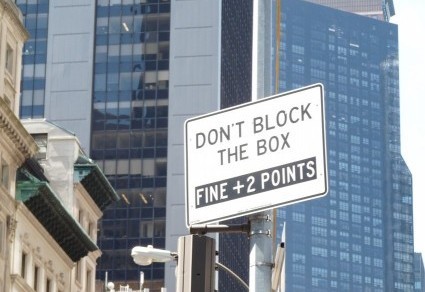At first glance, D seems like a simple letter. It’s hard to mispronounce and easy to write, so long as you remember where the lower-case letter bulges and don’t draw a “Happy Webbing” card for a bride and groom, as a child I know once did. But deciding when and where to insert the letter D is anything but simple, judging from signs I see around the city. I posted examples of problematic D signs in two previous posts (Got a D? | Grammarian in the City and Grade D+ | Grammarian in the City). A recent spate of signs mishandling this letter prompts me to revisit the issue.
Here’s an example I saw at an arts venue:

Advanced? Are we talking tickets with doctorates? Stubs with evolved thinking?
Another gem, courtesy of my friend Catherine:

Ignore the misspelling of appreciated, if you can, and focus on the d. If the business owners appreciated (or appriciated) the business, what do they do now — take the business for granted?
This one comes from my friend Wendy:

Further noticed sounds like a temper tantrum: until we get more attention and are further noticed, we’ll be closed.
This sign, sent by my friend Ruth, lacks the letter d:

Selective? Hm..m. Does the store owner say, I’ll let you buy this at a discount but the guy behind you has to pay full price”? Or maybe the selective items refuse to be bought by customers who are not up to the items’ high standards? Substituting selected for selective solves the problem.
I wished you a happy 2022. Oops — make that wish. And I really do!



























 I support the plea, the lavatory version of the Golden Rule, but not the pronoun. As the sentence is worded, “it” has to refer to “stalls and sinks.” Those items are clearly plural, and “it” is singular.
I support the plea, the lavatory version of the Golden Rule, but not the pronoun. As the sentence is worded, “it” has to refer to “stalls and sinks.” Those items are clearly plural, and “it” is singular.
